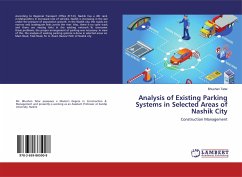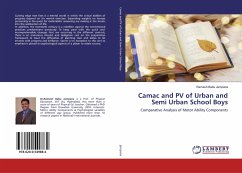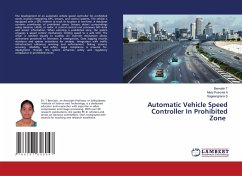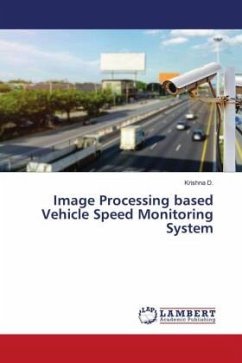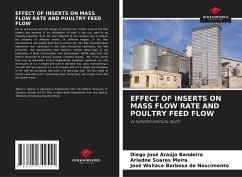
Analysis of Speed-Related Crashes Using Event Data Recorder Data
Versandkostenfrei!
Versandfertig in 6-10 Tagen
36,99 €
inkl. MwSt.

PAYBACK Punkte
18 °P sammeln!
Safety in general is defined as "the absence of unintended harm to living creatures or inanimate objects" (Evans, 2004). Traffic safety is measured in terms of motor vehicle crashes. A crash is an unplanned event which results in either fatality, or injury or property damage. Of all the factors that contribute to a crash, speed is a major issue, as more than 31 percent of all fatal crashes involve speeding (NHTSA, 2007). The speedsafety relationship can be determined by knowing the effect of speed on the frequency and severity of crashes. The relationship between speed and frequency of crashes...
Safety in general is defined as "the absence of unintended harm to living creatures or inanimate objects" (Evans, 2004). Traffic safety is measured in terms of motor vehicle crashes. A crash is an unplanned event which results in either fatality, or injury or property damage. Of all the factors that contribute to a crash, speed is a major issue, as more than 31 percent of all fatal crashes involve speeding (NHTSA, 2007). The speedsafety relationship can be determined by knowing the effect of speed on the frequency and severity of crashes. The relationship between speed and frequency of crashes is much more complicated than that between speed and severity of crashes which is based on principle of physics. Many researchers have studied of these relationships, but there is a risk of validation of the results so obtained, as the data used for most of these studies was obtained from police reports, self reports, case-control studies etc which may be erroneous. As a result, there is a need to revisit these relationships using more accurate and reliable data, and to determine the consistency between police reported speed and actual travel speed.






